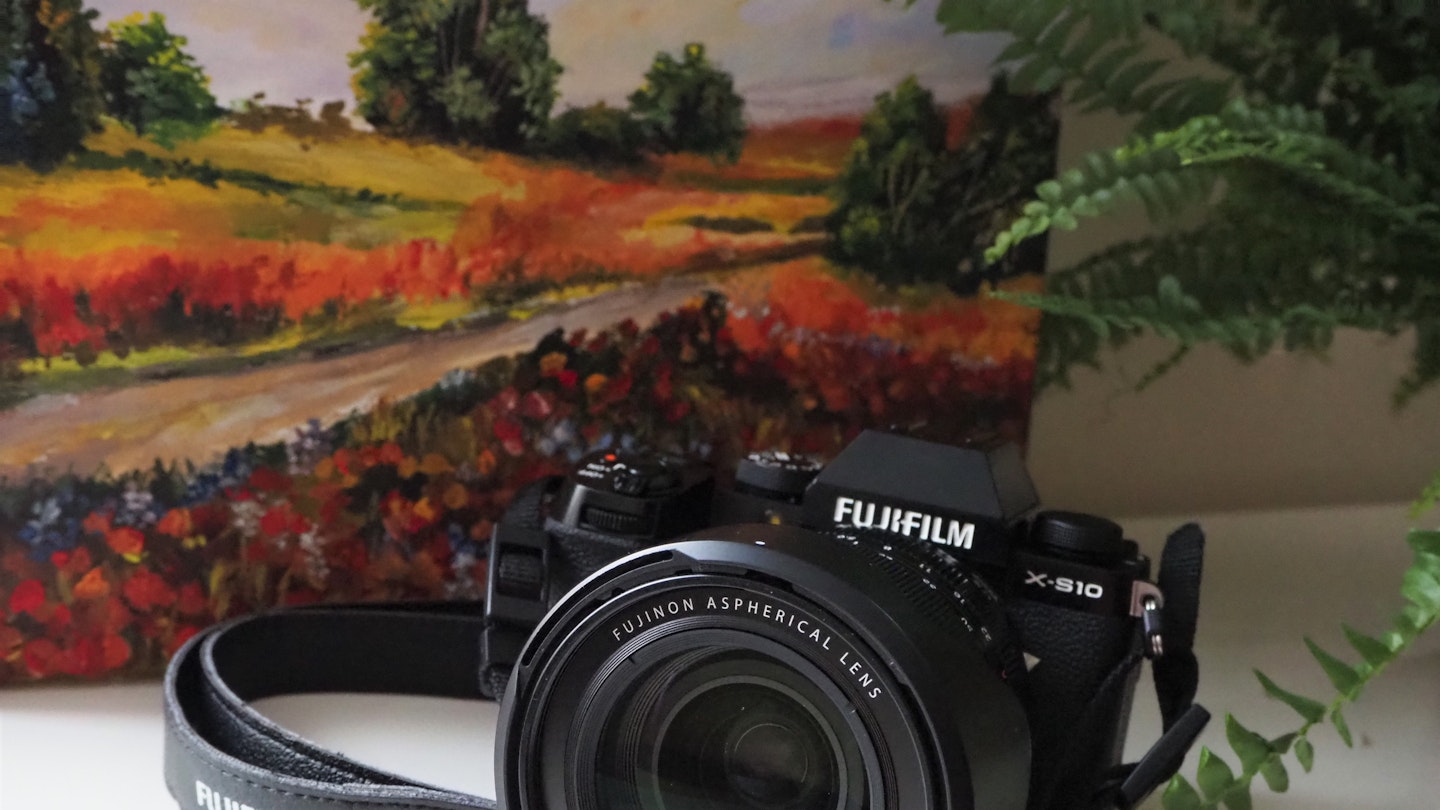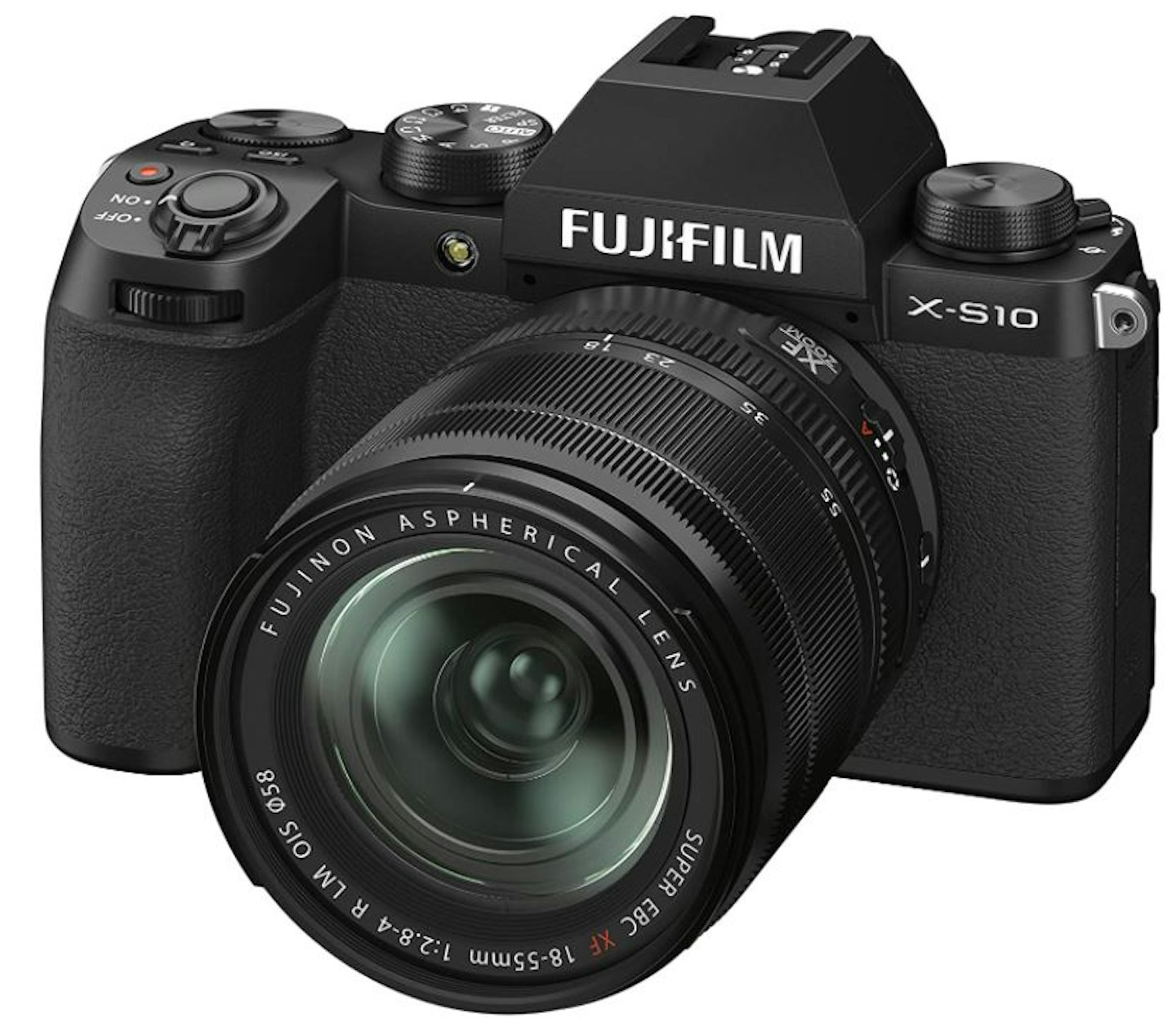Fujifilm’s mid-range X-S10 is a compact mirrorless digital camera that aims to appeal to professional photographers and budding beginners alike through its high-end specification and ergonomic ease of use.
We’ve tested Sony’s aging but still impressive Alpha 7 III and a trio of smaller compact cameras from Canon, Olympus, and Fujifilm. The X-S10 goes more up against the Alpha 7 III and the likes of Nikon’s Z5 - the crucial difference being that the X-S10 has a smaller APS-C sensor than the others’ full-frame ones.
Following the APS-C sensor, route was a conscious choice that Fujifilm made when it turned to mirrorless technology. It has worked hard to develop these smaller sensors and boy, they really do perform these days while also keeping the camera size down. We’ve put the X-S10 to the test to see how it works in the real world.

| Specifications | |
|---|---|
| Sensor | 26.1MP X-Trans CMOS 4, 23.5 x 15.7mm |
| Sensitivity | ISO 160 to 12,800 standard; 80 to 51,200 extended |
| Shutter speed | 15 min to 1/4000 sec mechanical; 15 min to 1/32,000 sec electronic |
| Continuous shooting | 8fps mechanical; 20fps electronic; 30fps 1.25x crop |
| Video | 4K up to 30fps; FHD up to 240fps |
| LCD screen | 3-inch colour touchscreen with adjustable angle |
| Microphone and remote connection | 3.5mm jack for microphone and remote release |
| Wireless connection | Wi-Fi and Bluetooth |
| Battery | NP-W126S 1260mAh Li-ion |
| Camera dimensions | 126mm × 85.1mm × 65.4mm |
| Camera weight | 465g with battery and memory card |
| Pros | Cons |
|---|---|
| • Excellent power to weight ratio | • No weather-proofing |
| • Great ergonomics | • Mechanical shutter speed limited for high-speed motorsport |
| • A top example of APSC quality potential | • So-so battery life |
| • Highly customisable | • Small viewfinder |
Verdict: A versatile camera with truly impressive performance for its size and price. Its ability combined with access to Fujifilm's X-Mount lens range makes it a very enticing packing for beginners and experienced users alike.
Jump to:
Build
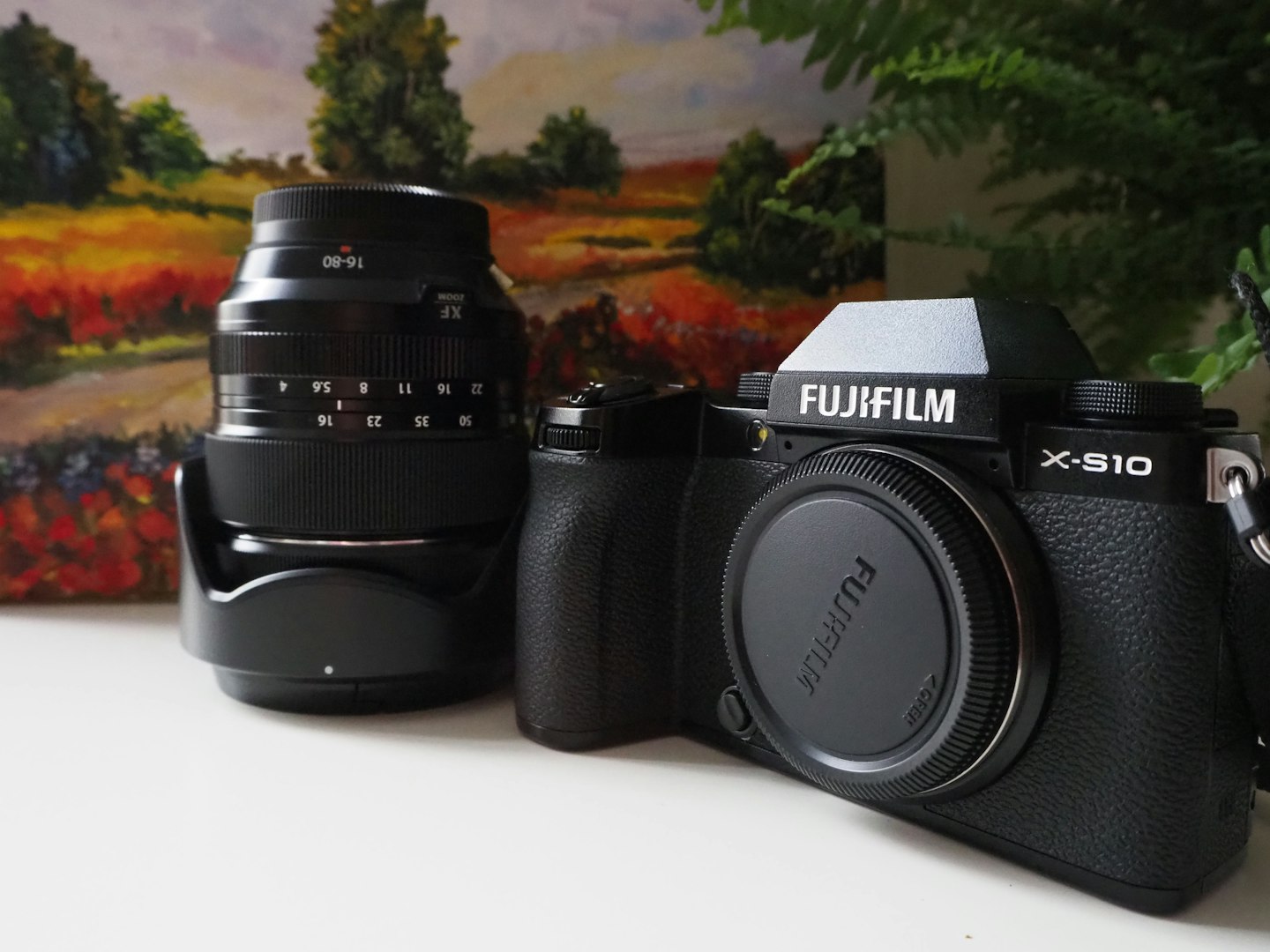
• No obvious weak parts
• Built to last
• No weather-proofing
On first impressions, this is a solid but light camera. Throughout my two-week testing period, there was nothing that jumped out and felt as though it wouldn’t last. With cameras, it’s not unusual for dials and buttons and flip-out screens to feel flimsy or loose. But that wasn’t the case here. Though, a significant point to make is that the X-S10 has no weather-proofing. That’s not to say it will melt under a raindrop or two, but it certainly makes you think twice about taking it out when the weather is tumultuous.
Usability

• Impressive lightness
• Very useful joystick
• Small viewfinder
The days of biggest is best in the world of cameras – and indeed most things – is long gone. The X-S10's body is a mere 465g including the battery and memory card, while the XF16-80mmF4 R OIS WR lens we used weighs in at 440g.
The X-S10 is of a familiar shape to DSLR-users and easy to navigate. The three-inch LCD screen is touchscreen but you don’t use it for navigation – it's far easier and faster to use the dials and joystick for that. Speaking of which, you can use the little joystick located to the right of the screen to also move the focus on a grid on the screen or viewfinder to exactly where you want. I found that an extremely useful feature in a range of scenarios, particularly with close-ups and shots with long focal length.
I also like the four custom settings on the mode dial (C1, C2, C3, and C4) that allow you to have customised preset settings ready to go. It’s a great timesaver from fiddling around in a multitude of sub-menus.
The camera body itself has a deep handgrip which, along with the lightness makes for easy handling. There are small niggles, but nothing that’s a deal-breaker. The viewfinder, for example, is too small and the battery life could be better.
The X-S10 has the usual wireless connectivity one expects from a modern camera. There is the FUJIFILM Camera Remote app that allows you to pair to the camera via Bluetooth, which then allows you to control the camera from the phone – such as take and download photos. Likewise, you can also connect to a Wi-Fi connection and upload photos that way. To charge the battery, you simply plug the USB-C cord directly into the camera’s port.
Performance
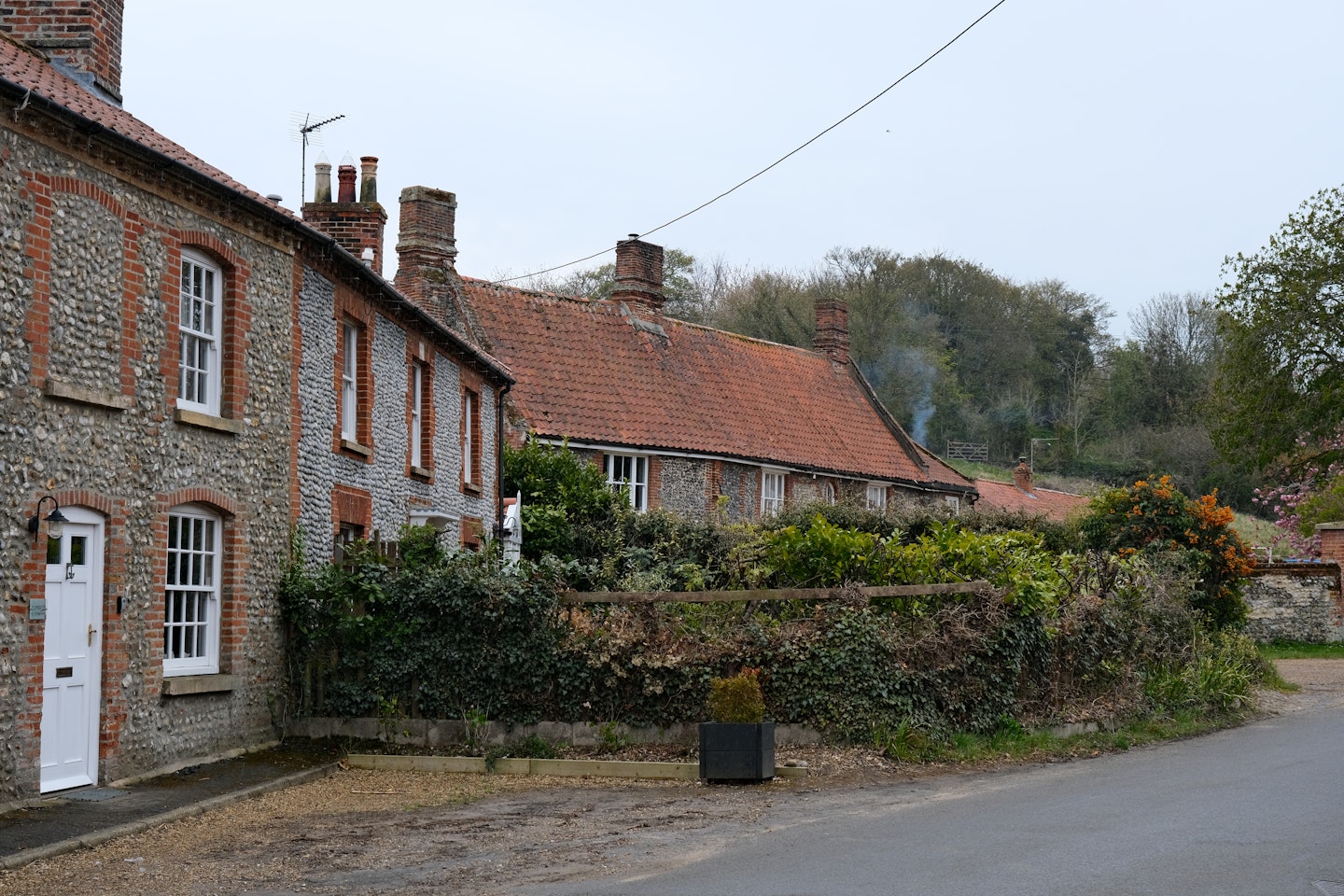
• Many filters to use
• Very sharp image quality
• Maximum continuous shooting speed can be limiting
Flicking through the menus and customisable options, there are a great many filters one can use, which I shall get to in a moment. But the first thing I did was simply put the camera into Manual mode, aimed it out the window at the passing cars to see how good the allegedly amazing autofocus was. See below, indeed it did work very well.
There were a pair of Volvos XC40s in the Bauer car park that became the X-S10's target one morning. With them, I tried out some of the filters and simultaneously let the auto-ISO do its thing. The X-S10 has Partial Colour filter options where the camera will take an image in monotone except for red, orange, yellow, green, blue, or purple, as you wish.
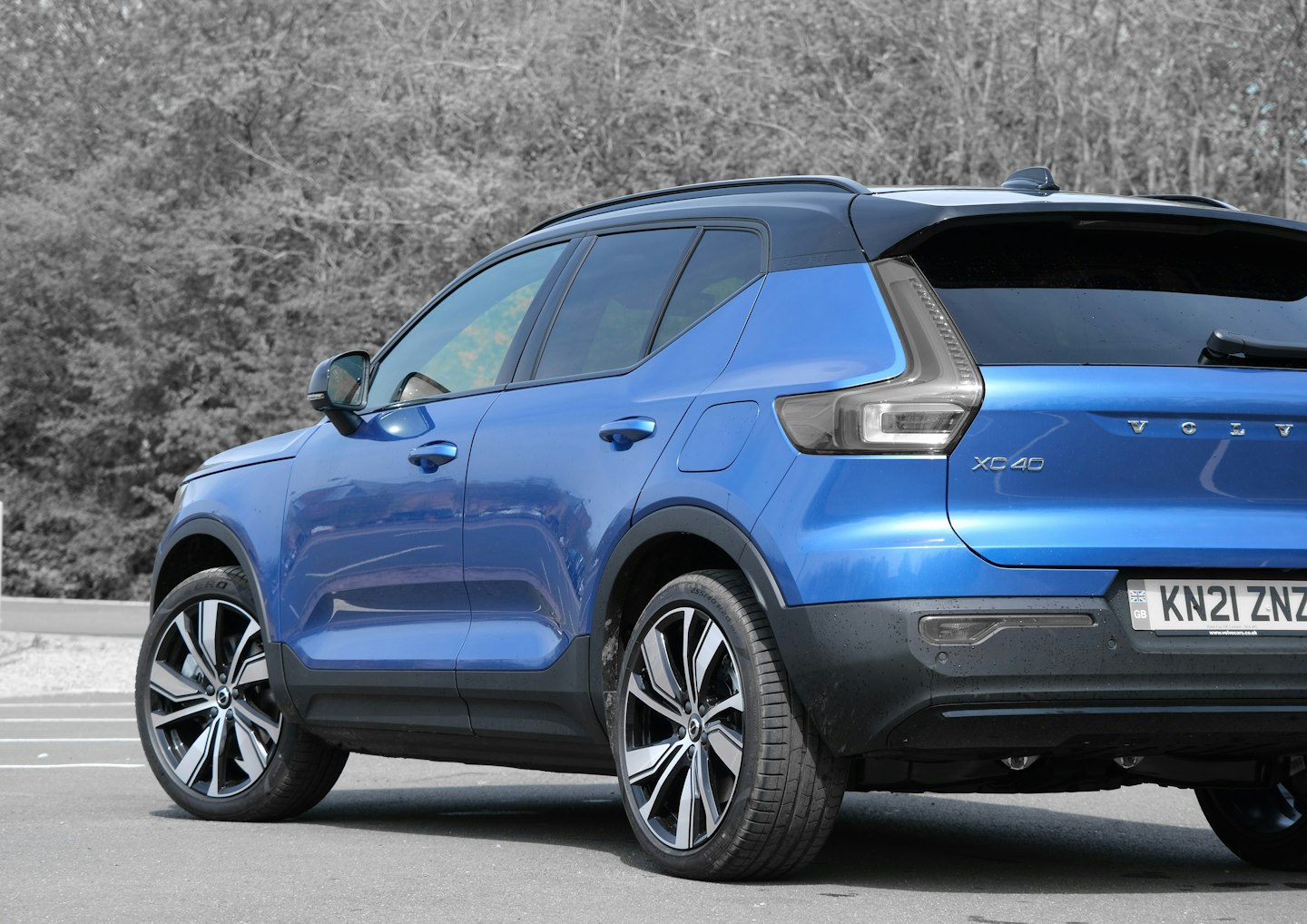
There are Film Simulation modes too. You select these using the dial on the left and include modes such as Velvia that adds high-contrast colours. It’s something you’d often use for landscapes in order to make the natural colours more, well, vivid. But I tried it on the Volvos:

Once again, moving the focus with the joystick was excellent. Of all the ergonomic features, that is the best. Even beating the deep, carved hand grip. The touchscreen folds outwards and rotates. It’s handy, but I found that I mostly had it folded in with the screen outward facing because we were constantly fiddling with settings.
One of the positions on the mode dial is Scene Position (SP), where you choose from options such as Sport and Night and Sunset. We tried out Landscape to see how well it would do:
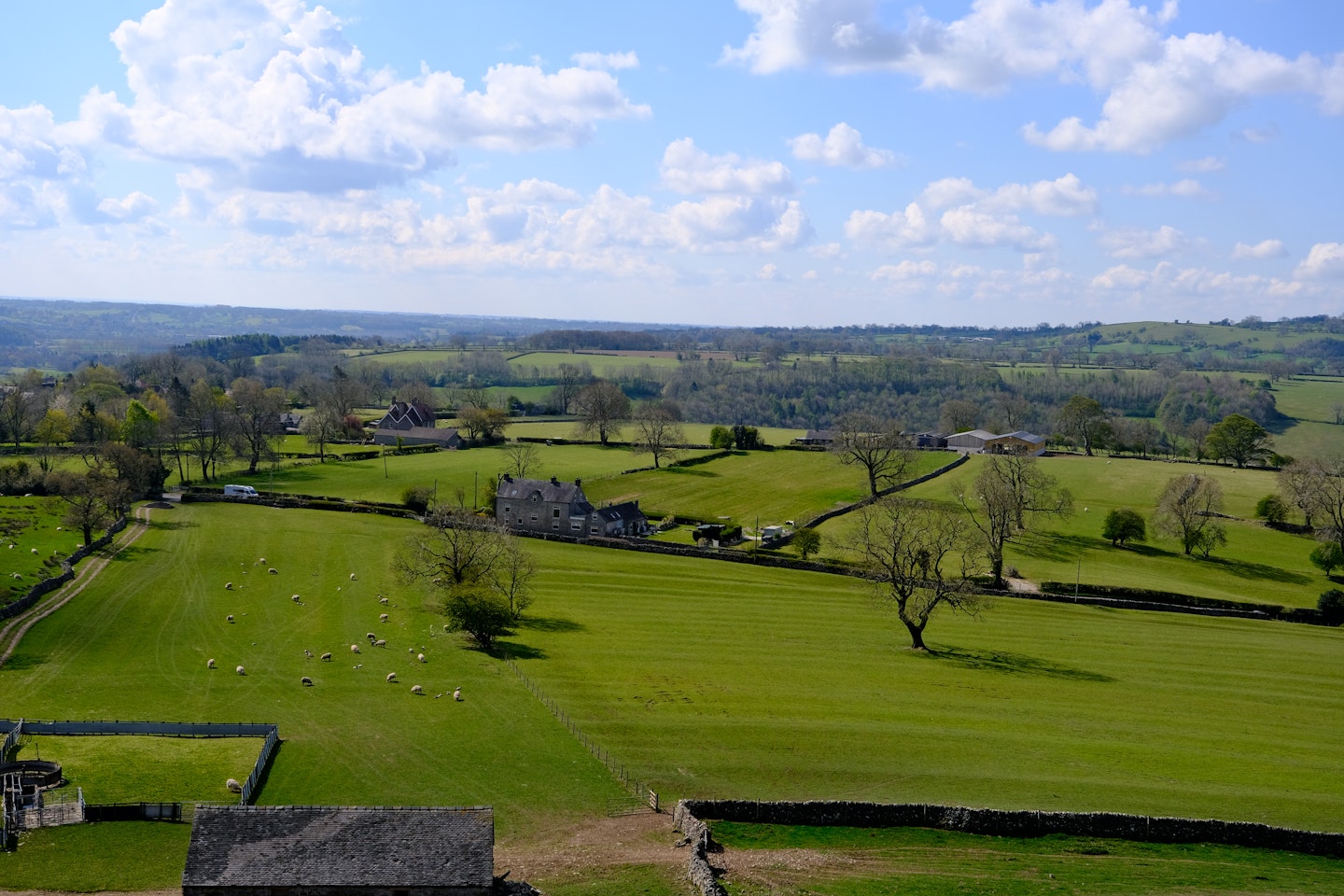
Without editing, this setting does a grand job of making the colours vibrant yet realistic and without being saturated.
I also found the X-S10 really showed us the image quality it is capable of, even in JPEG format:
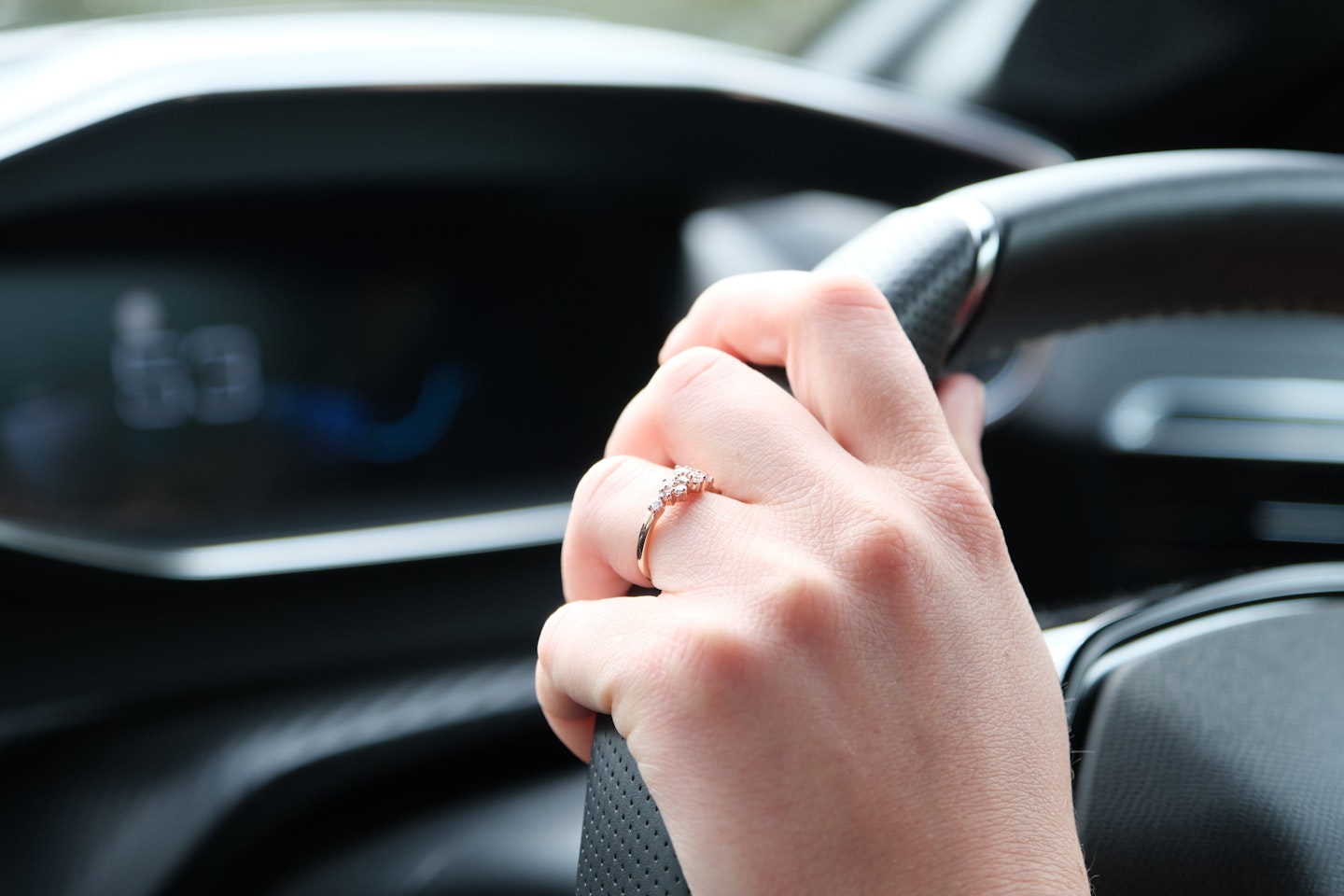
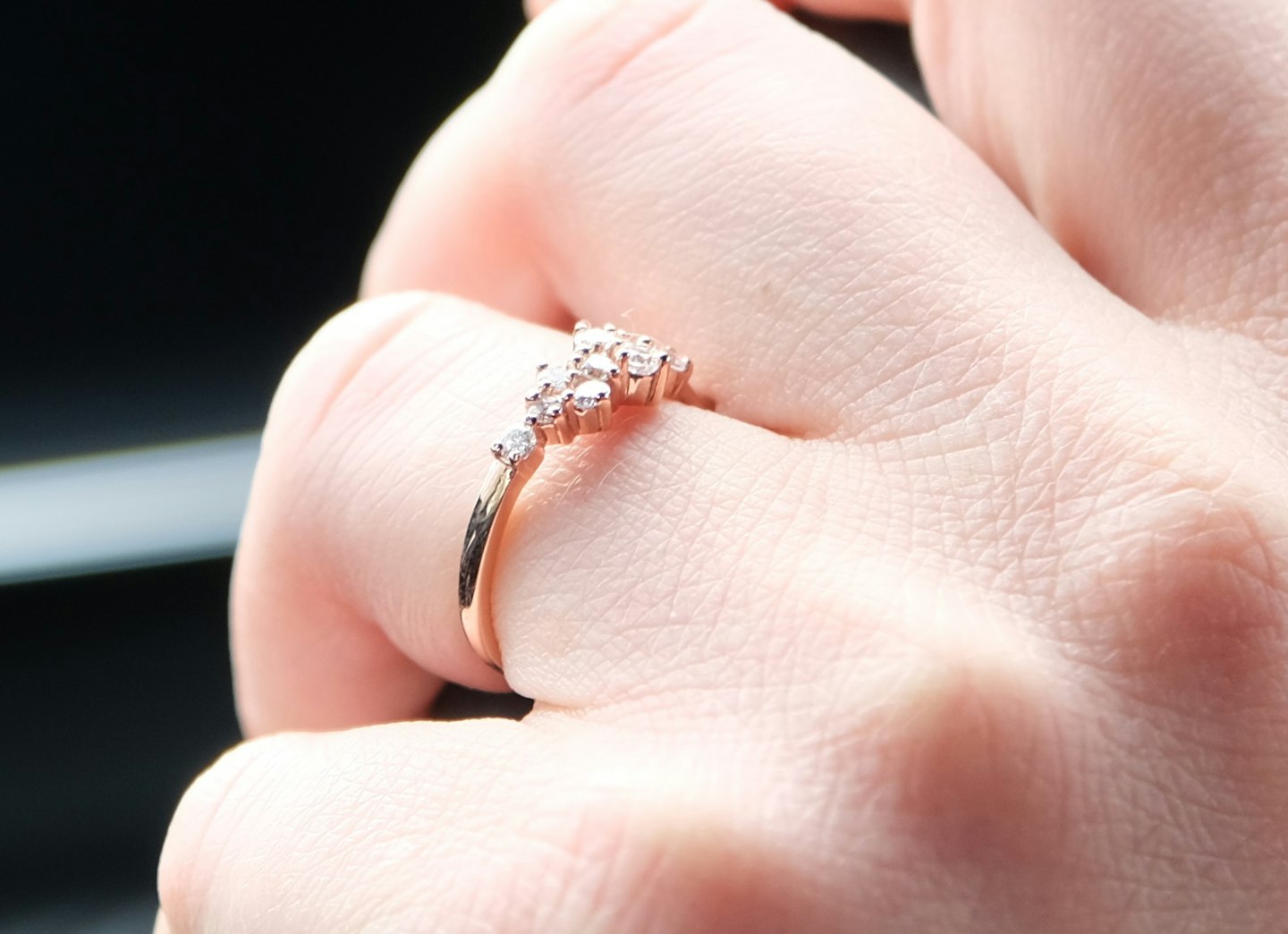
The autofocus and five-axis In-Body Image Stabilization go a long way to making your life as a photographer easier, particularly when shooting handheld. There are some limitations to the X-S10. Namely the 8fps maximum continuous shooting speed with the manual shutter. In fairness, it’s not an issue in most scenarios. It’s only when you need to rattle off snaps of a fast-paced action scene such as a racing car hurtling on a racetrack, that the manual shutter gets a bit bumfuzzled.
In regards to video, it’s very straight forward. The X-S10 is capable of shooting 4K, uncropped video at 30fps. You can plug in a microphone with a 3.5mm jack and away you go. The X-S10's ability to capture such high-quality video is a testament to its determination to be a jack of all trades.
In addition to the microphone, you can also plug in a remote release into that 3.5mm jack too. The other thing that will excite you is that because the X-S10 is an X-Series camera, it gives you access to Fujifilm’s extensive X-Mount lens range. That’s great for beginners because it gives you lots of room to breathe as you develop as a photographer; for more seasoned users, it’s good news too.
Price
At £949 for the body only, the X-S10 is placed comfortably in the mid-range price bracket. There’s no getting away from the fact that £949 is a lot of money, but there is also no arguing that you get an awful lot for the price. The X-S10 is certainly good value compared to Sony’s Alpha 7 III and Nikon’s Z5 full-frame cameras because the X-S10 delivers on image quality.
Verdict
With XF18-55mmF2.8-4 R LM Optical Image Stabiliser Lens.
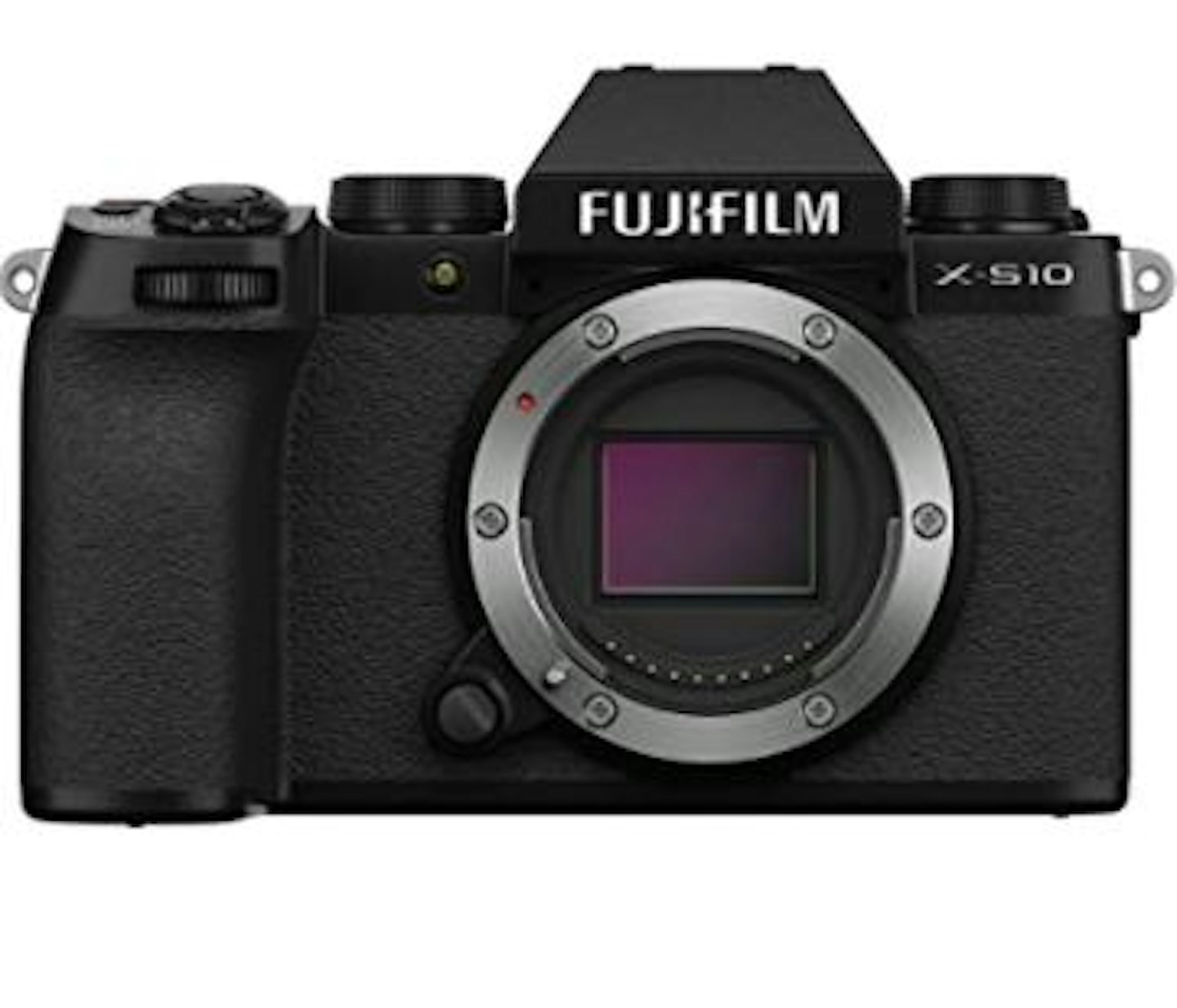
The X-S10 is a truly impressive and versatile camera. It nabs a lot of the tech from Fujifilm’s high-end cameras without the high price to match. It’s stylish, compact, relatively affordable, and has a big range of abilities that nails down its value for money.
It is simply the lack of weather-proofing and minor ergonomic niggles that prevent the X-S10 from being a full five-star camera.
Score: 4/5
| Pros | Cons |
|---|---|
| • Excellent power to weight ratio | • No weather-proofing |
| • Great ergonomics | • Mechanical shutter speed limited for high-speed motorsport |
| • A top example of APSC quality potential | • So-so battery life |
| • Highly customisable | • Small viewfinder |
What to read next:
Best point and shoot cameras: beginners to advanced photographers
Chris Williams is the Commercial Content Writer and reviewer for What's The Best, specialising in bikes, fitness, cars, parenting and cooking.
Subscribe to the What’s The Best Newsletter to keep up to date with more of the latest reviews and recommendations from the What’s The Best team.
